HPE partners with NVIDIA to accelerate AI model training
HPE said the partnership will help rapidly accelerate the training of AI models
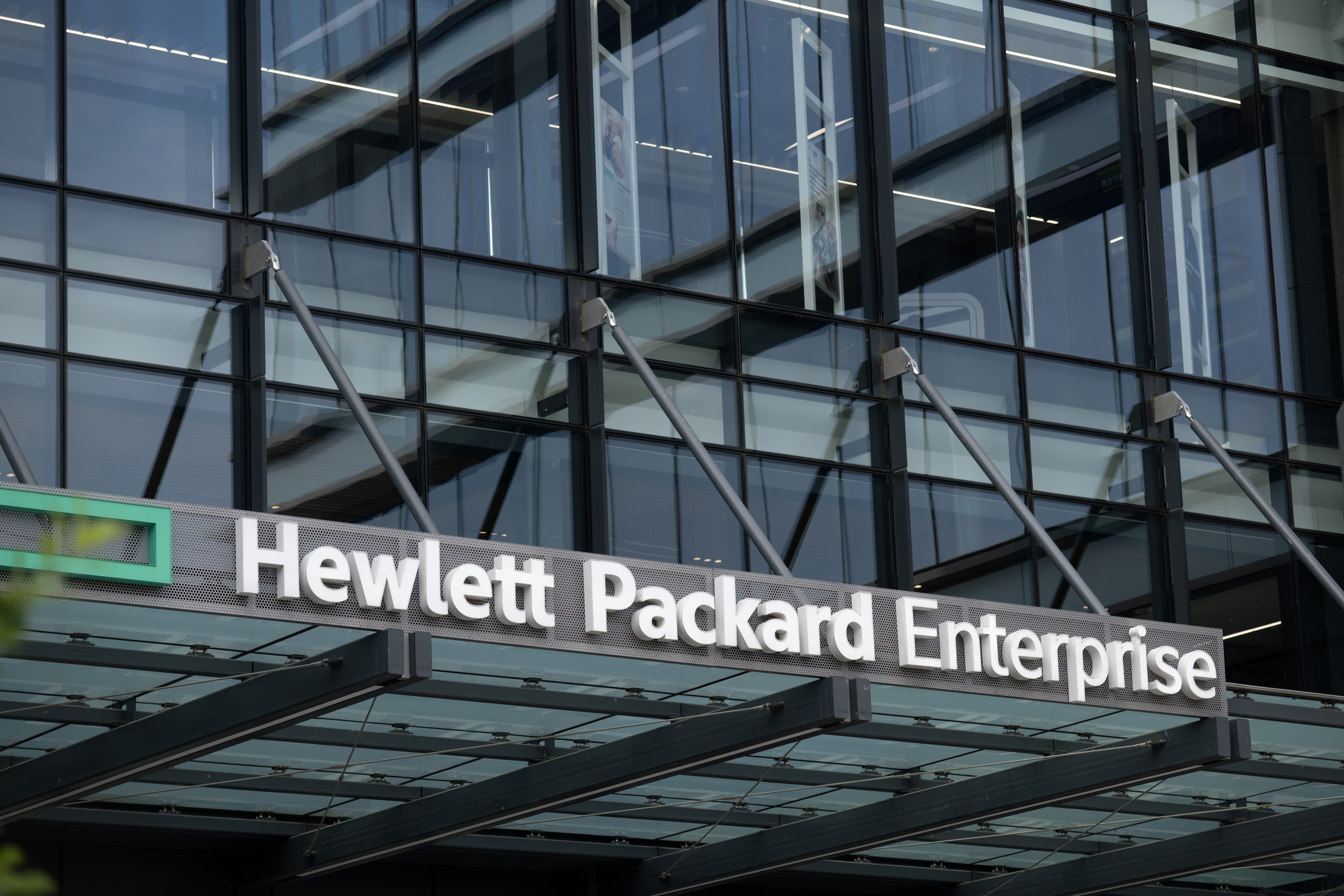

Hewlett Packard Enterprise (HPE) has announced the launch of a new supercomputing solution designed specifically for training and fine-tuning generative AI models.
The new offering from HPE will provide large enterprises, research institutions, and government organizations with an out-of-the-box and scalable solution for the computationally intensive workloads generative AI requires.
Designed in partnership with Nvidia, the platform will comprise a software suite for users to train and fine-tune AI models, liquid-cooled supercomputers, accelerated compute, networking, storage, and services, all aimed at enabling organizations to leverage the power of AI.
The software suite will contain three tools to facilitate accelerated development and deployment of AI models for organizations.
HPE’s Machine Learning Development Environment will simplify data preparation and help customers integrate their models with popular machine learning (ML) frameworks.
The HPE Cray Programming Environment will provide stability and sustainability with a set of tools for developing, porting, debugging, and refining code.
NVIDIA’s AI platform, NVIDIA AI Enterprise, offers customers over 50 frameworks, pretrained models, and development tools to both accelerate and simplify AI development and deployment.
ChannelPro Newsletter
Stay up to date with the latest Channel industry news and analysis with our twice-weekly newsletter
Based on HPE Cray EX2500 exascale-class system, this will be the first system to feature a quad configuration of NVIDIA’s Grace Hopper GH200 Superchips that boasts 72 ARM cores, 4 PFLOPS of AI performance, and 624GB of high speed memory.
This will enable the solution to scale up to thousands of GPUs with the ability to allocate the full capacity of nodes to a single AI workload for faster time-to-value and speed up training by 2 – 3x.
HPE’s Slingshot Interconnect networking solution will help organizations meet the scalability demands of AI model deployment, with an ethernet-based high performance network made to support exascale-class workloads.
Finally, HPE will bundle-in its Complete Care Services package to ensure customers receive expert advice in terms of setup, installation, and ongoing support.
Justin Hotard, executive vice president and general manager, HPC, AI & Labs at HPE said AI-tailored solutions are required to support the widespread deployment of the technology.
“To support generative AI, organizations need to leverage solutions that are sustainable and deliver the dedicated performance and scale of a supercomputer to support AI model training. We are thrilled to expand our collaboration with NVIDIA to offer a turnkey AI-native solution that will help our customers significantly accelerate AI model training and outcomes” he said.
Sustainability a key to the future of supercomputing
According to estimates in Schneider Electric’s Energy Management Research Center, by 2028, AI workloads will have grown to require 20GW of power within data centers.
RELATED RESOURCE
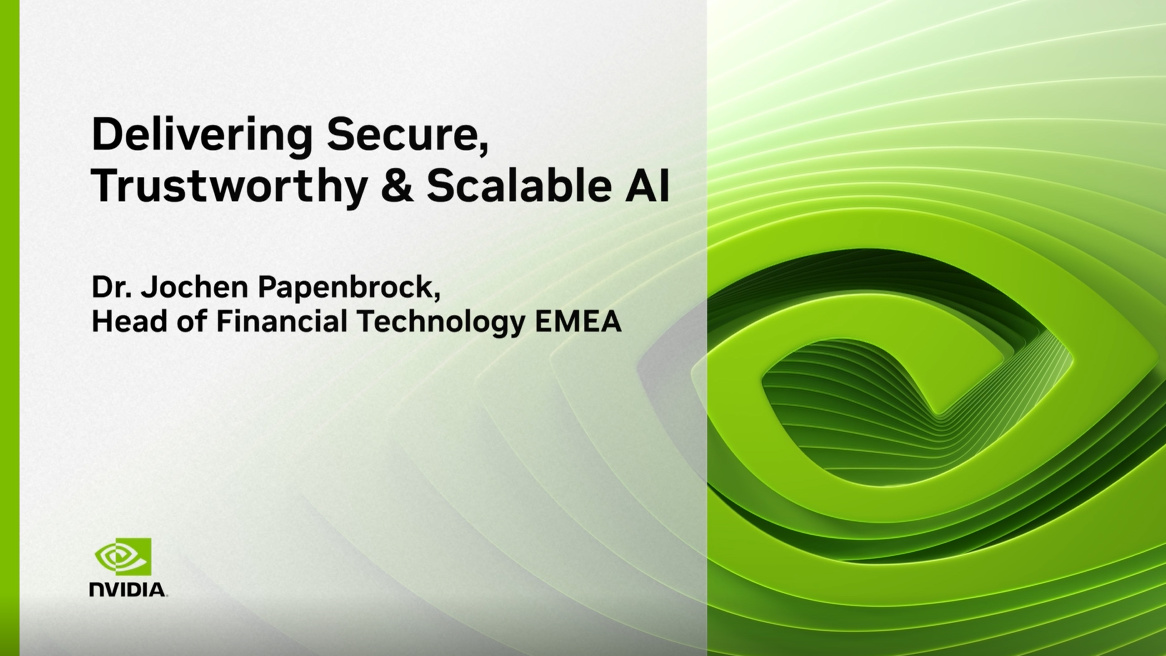
This webinar explores the state of AI in the financial services industry and its potential
WATCH NOW
This means organizations looking to implement AI and maintain their ESG goals will need incremental compute additions to be realized in a carbon neutral way.
HPE said it has integrated a direct liquid-cooling solution to address these concerns.
The firm already delivers the majority of the world’s top 10 most efficient supercomputers using its direct liquid cooling (DLC) capabilities to lower the energy consumption for compute-intensive applications.
It estimates that its DLC capabilities will be able to drive up to a 20% performance improvement per kilowatt over air-cooled solutions, while consuming 15% less power.
HPE’s supercomputing solution will be generally available in December 2023 in more than 30 countries.

Solomon Klappholz is a former staff writer for ITPro and ChannelPro. He has experience writing about the technologies that facilitate industrial manufacturing, which led to him developing a particular interest in cybersecurity, IT regulation, industrial infrastructure applications, and machine learning.
-
 The Era of Hybrid Cloud Storage
The Era of Hybrid Cloud StorageWhitepaper
By ITPro
-
 Women show more team spirit when it comes to cybersecurity, yet they're still missing out on opportunities
Women show more team spirit when it comes to cybersecurity, yet they're still missing out on opportunitiesNews While they're more likely to believe that responsibility should be shared, women are less likely to get the necessary training
By Emma Woollacott
-
 ‘This is the first event in history where a company CEO invites all of the guests to explain why he was wrong’: Jensen Huang changes his tune on quantum computing after January stock shock
‘This is the first event in history where a company CEO invites all of the guests to explain why he was wrong’: Jensen Huang changes his tune on quantum computing after January stock shockNews Nvidia CEO Jensen Huang has stepped back from his prediction that practical quantum computing applications are decades away following comments that sent stocks spiraling in January.
By Nicole Kobie
-
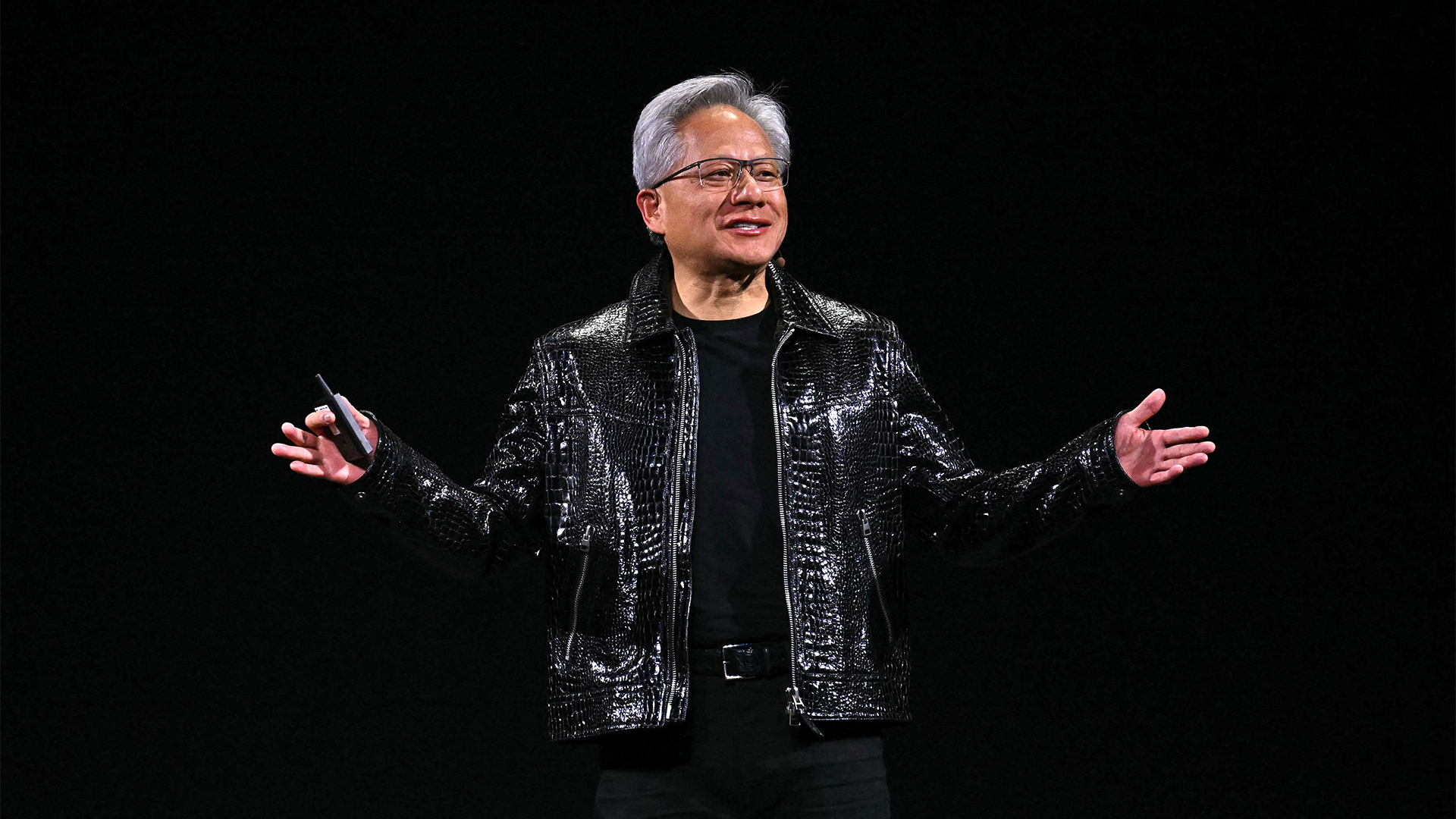 We’re optimistic that within five years we’ll see real-world applications’: Google thinks it’s on the cusp of delivering on its quantum computing dream – even if Jensen Huang isn't so sure
We’re optimistic that within five years we’ll see real-world applications’: Google thinks it’s on the cusp of delivering on its quantum computing dream – even if Jensen Huang isn't so sureNews Nvidia CEO Jensen Huang sent shares in quantum computing firms tumbling last month after making comments on the near-term viability of the technology.
By Ross Kelly
-
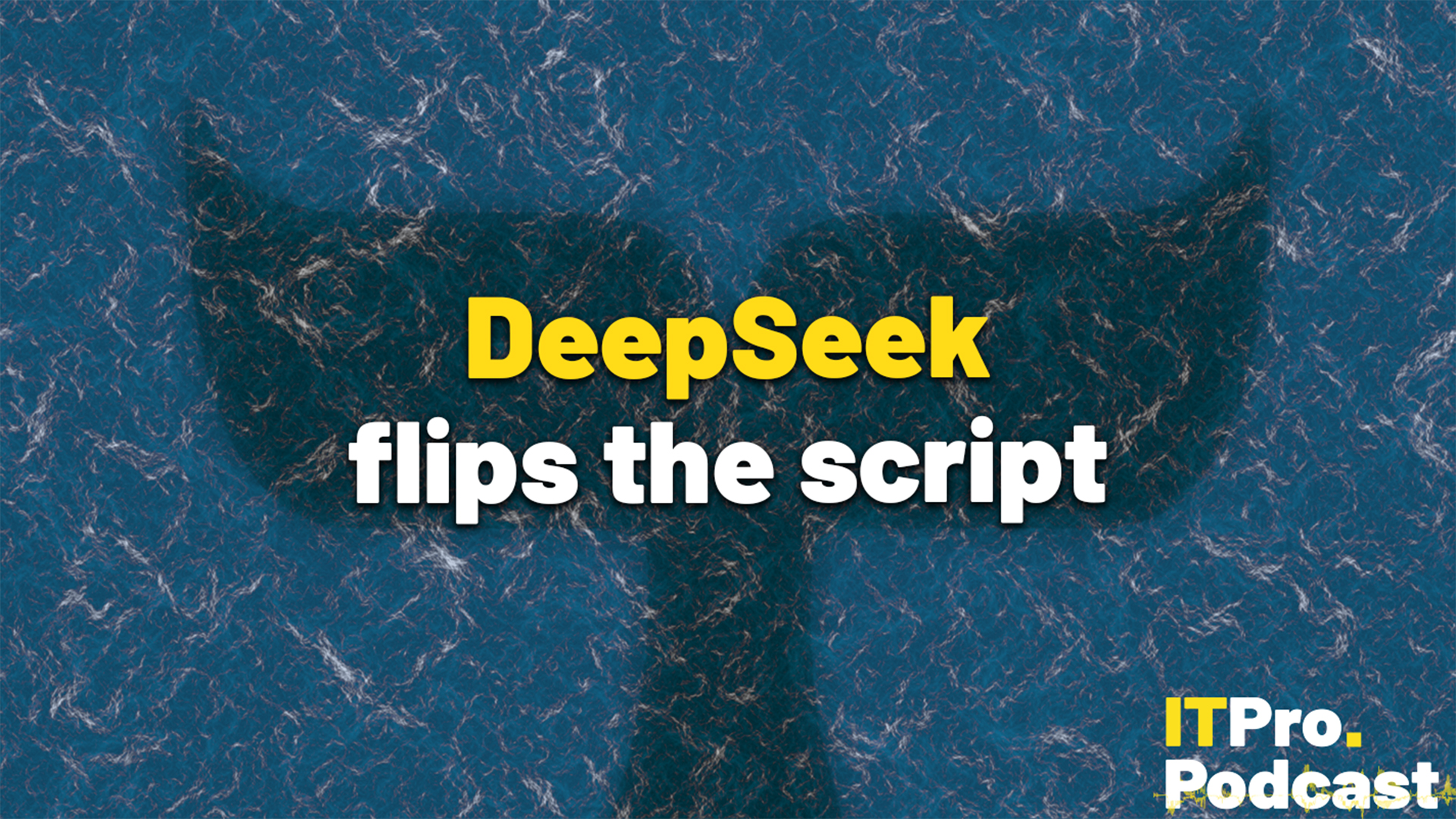 DeepSeek flips the script
DeepSeek flips the scriptITPro Podcast The Chinese startup's efficiency gains could undermine compute demands from the biggest names in tech
By Rory Bathgate
-
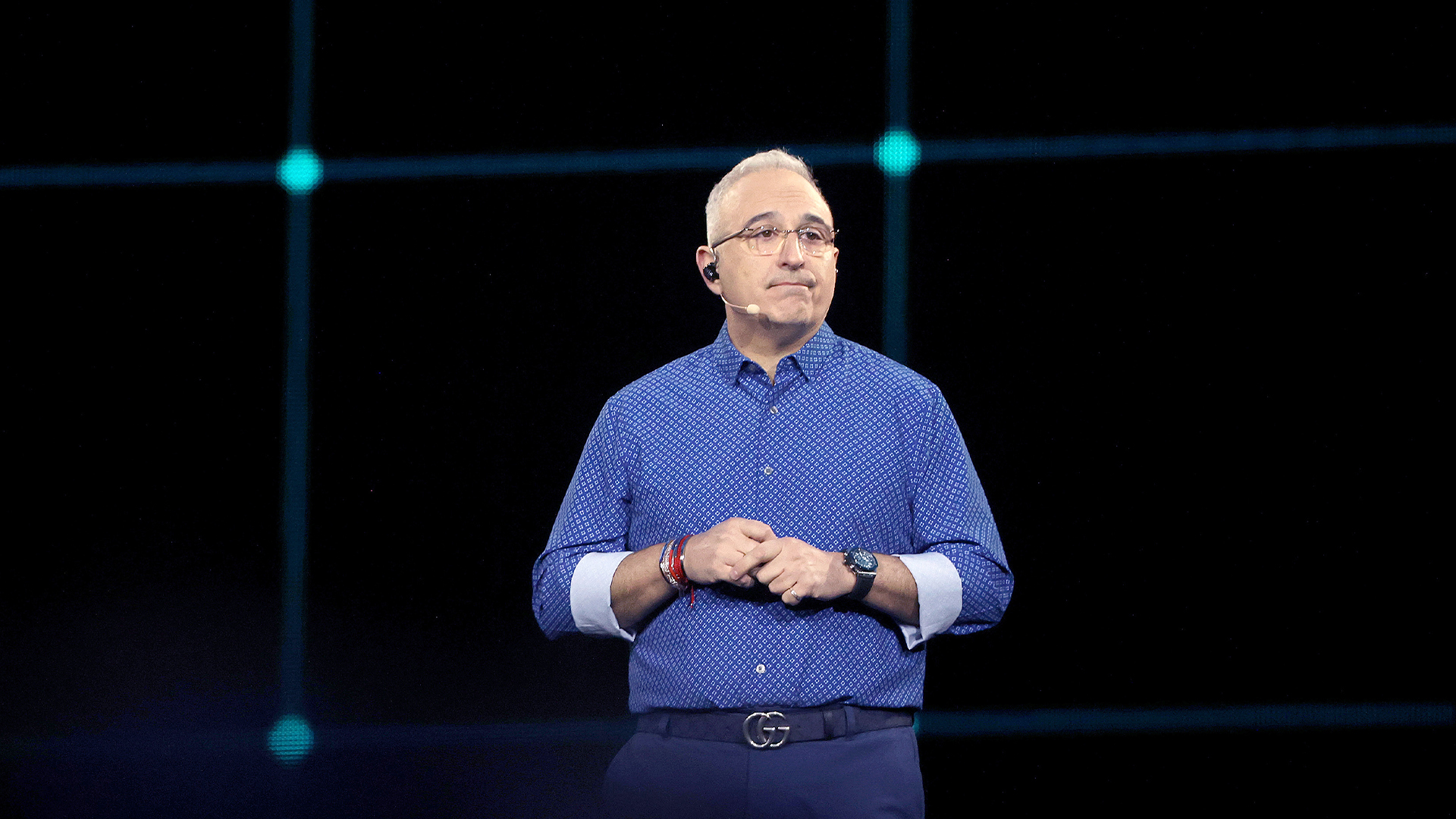 What HPE's results say about the direction of enterprise AI
What HPE's results say about the direction of enterprise AIAnalysis As with cloud computing, some companies value privacy over capacity
By Jane McCallion
-
 Gaining timely insights with AI inferencing at the edge
Gaining timely insights with AI inferencing at the edgeWhitepaper Business differentiation in an AI-everywhere era
By ITPro
-
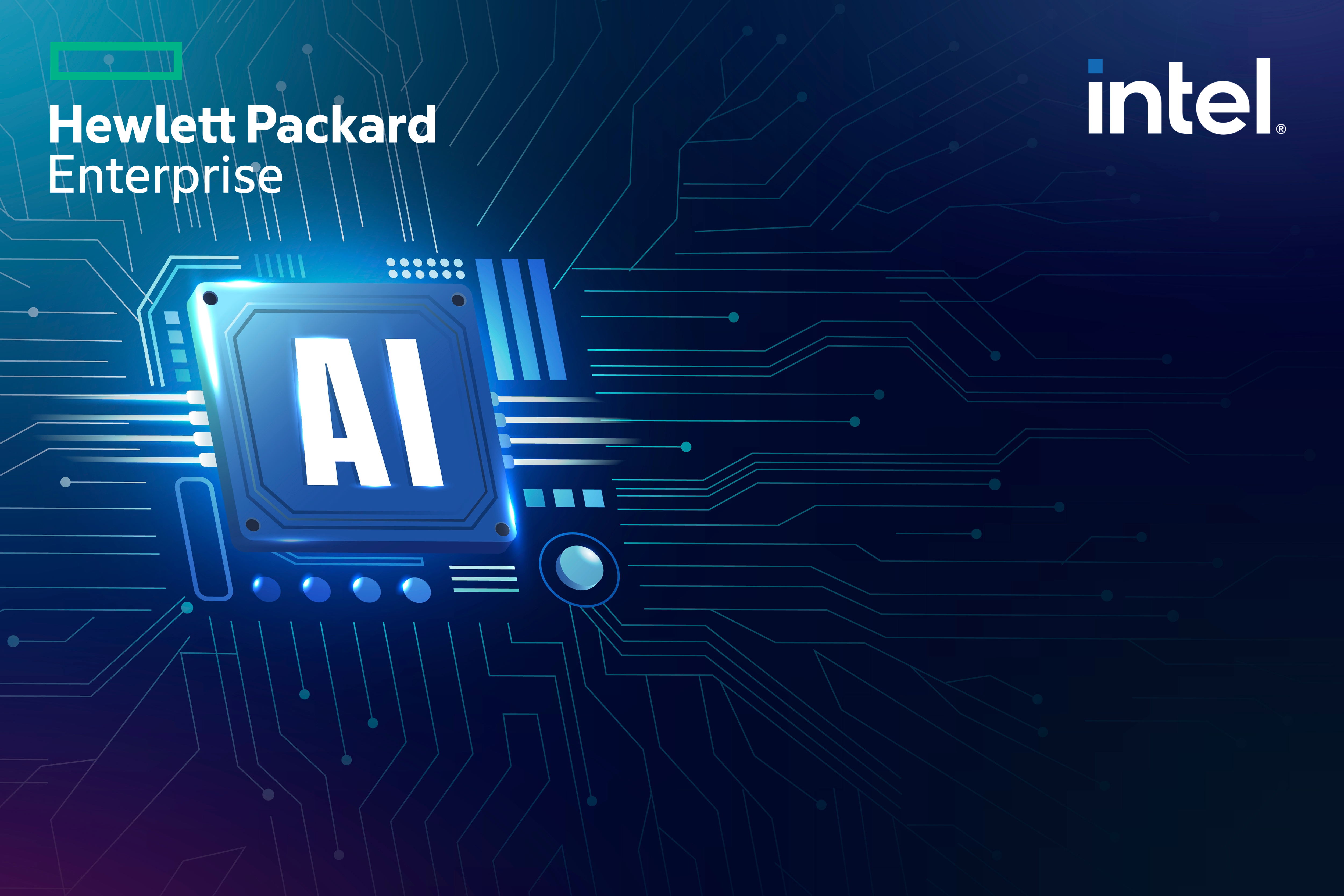 Digital strategies in the era of AI
Digital strategies in the era of AIWhitepaper Businesses are on the cusp of a major paradigm shift
By ITPro
-
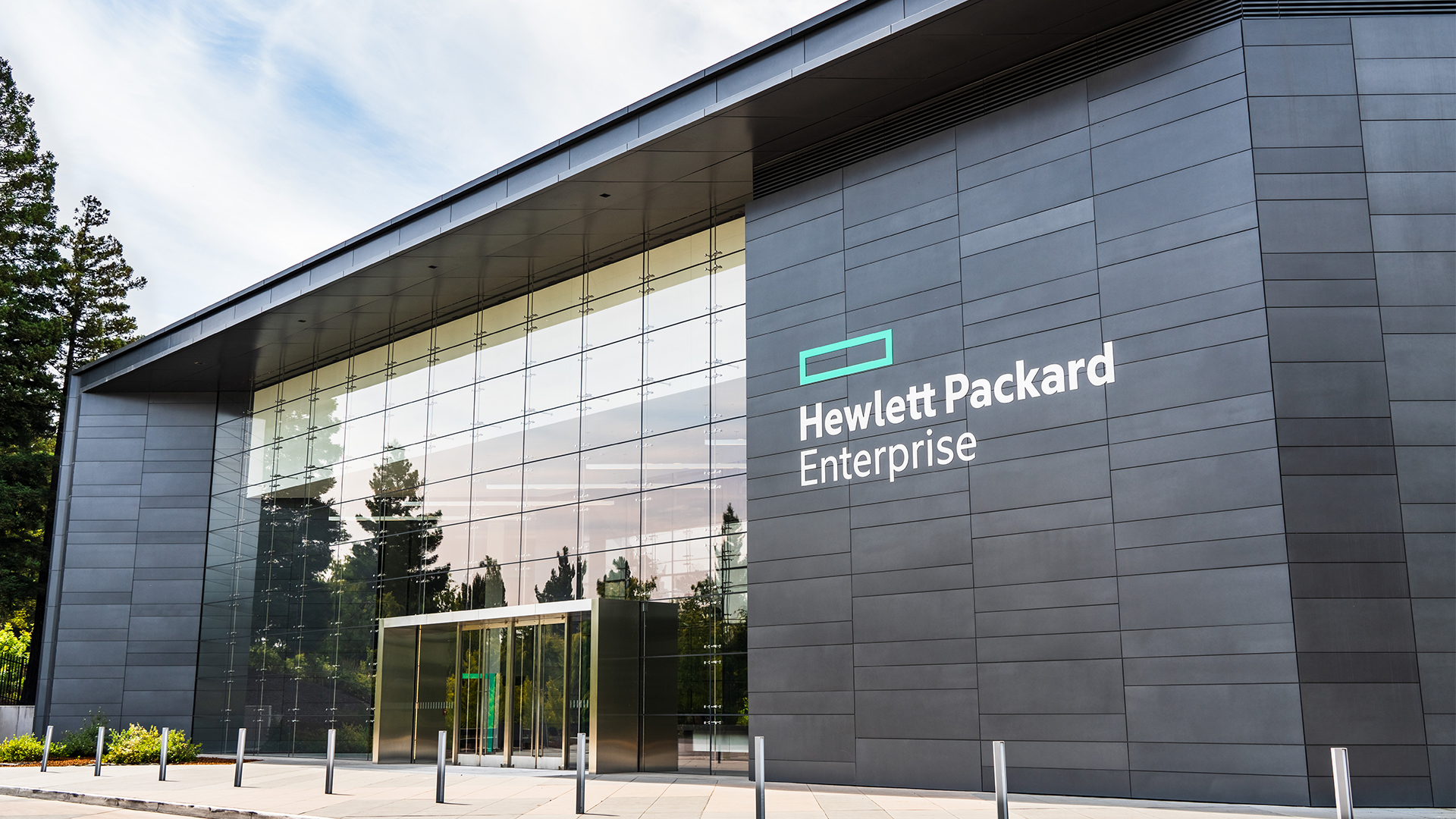 HPE’s AI and supercomputing journey continues with new Cray and Slingshot hardware
HPE’s AI and supercomputing journey continues with new Cray and Slingshot hardwareNews The company is also wooing MSPs and enterprises looking to roll out AI on-premises
By Jane McCallion
-
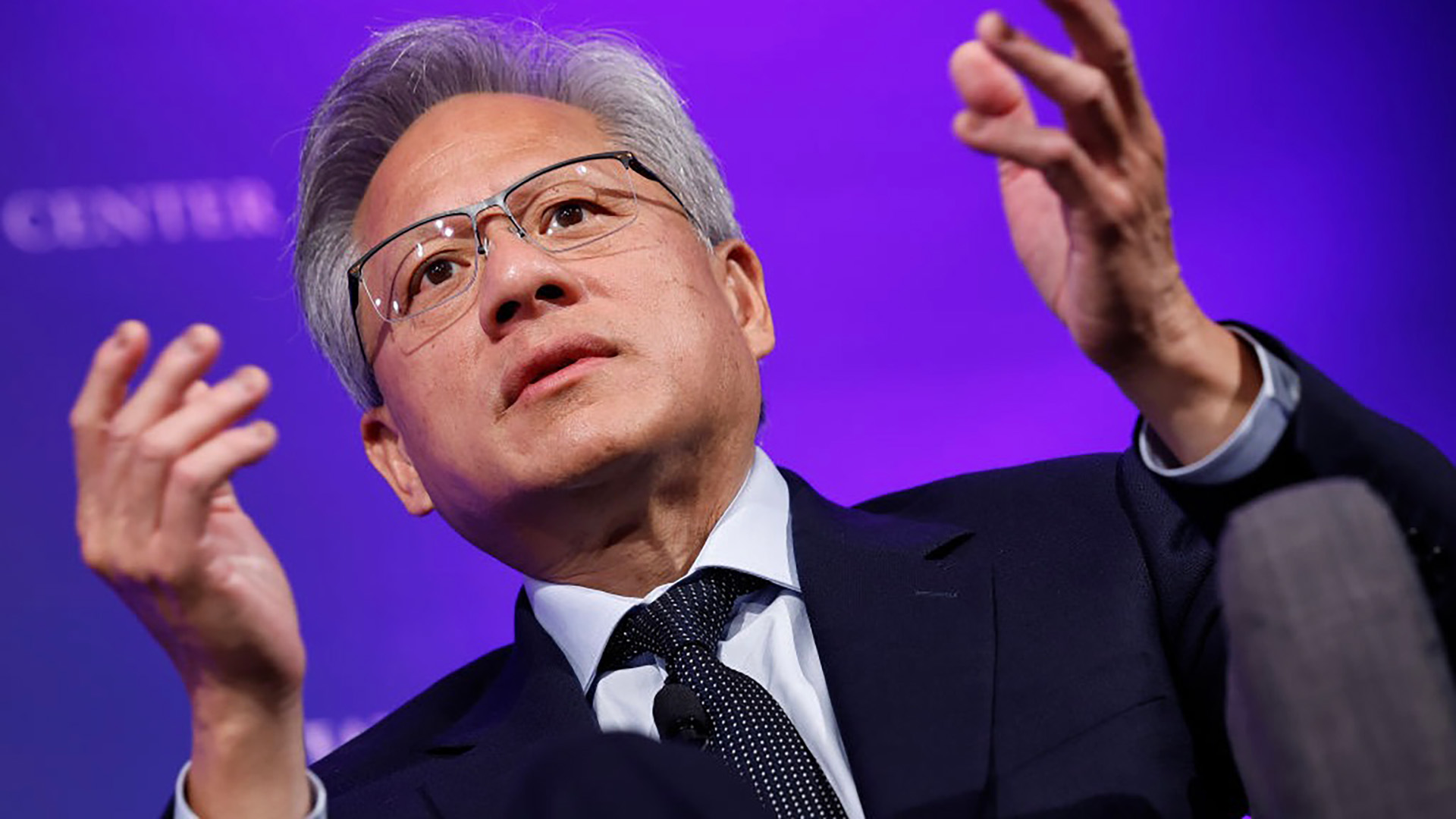 Jensen Huang doesn't think AI will come for his job — but other CEOs might disagree
Jensen Huang doesn't think AI will come for his job — but other CEOs might disagreeNews A survey last year found almost half of CEOs believe they could be replaced with AI, but Nvidia’s superstar CEO thinks otherwise
By Solomon Klappholz